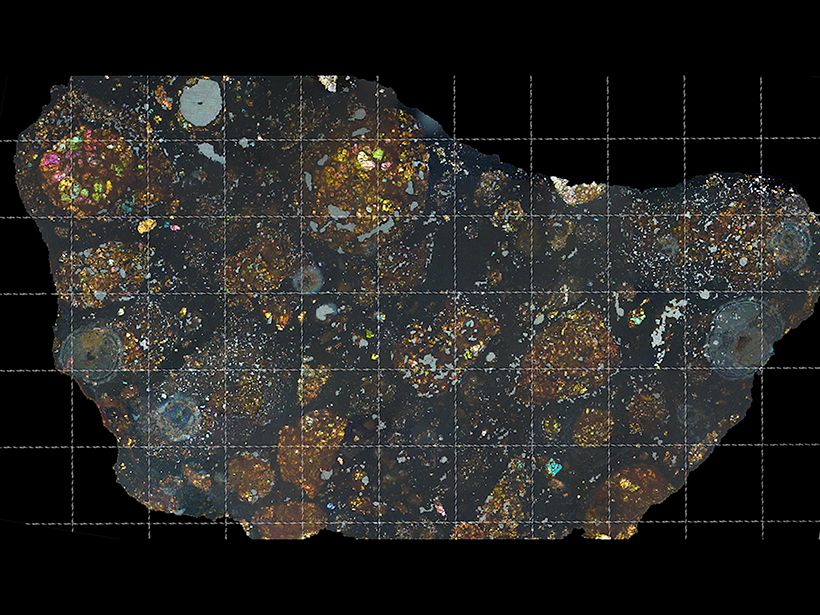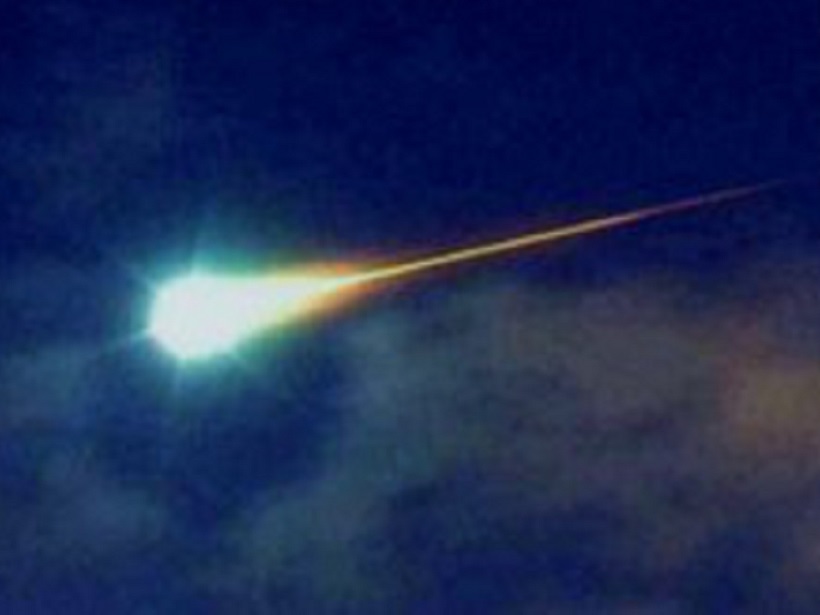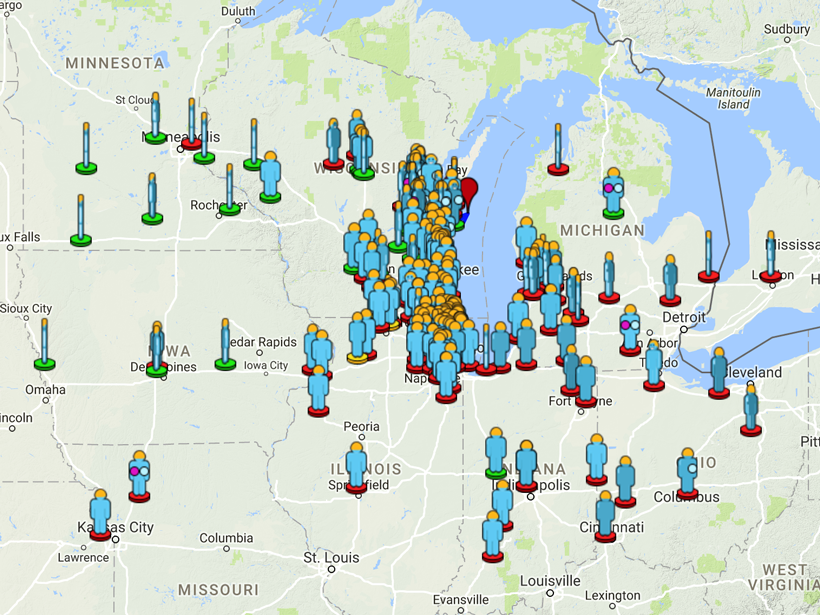A fragment of a comet found hidden inside a meteorite is offering new insights into the dynamics of our young solar system.
meteors & meteorites
Fireball over the Bering Sea
Powerful meteorite explodes over “a sensitive part of the world.”
Apollo May Have Found an Earth Meteorite on the Moon
The meteorite may have been blasted off of Earth during an impact, mixed with lunar rocks, and brought back to Earth 4 billion years later by astronauts.
A Meteor Struck the Moon During the Total Lunar Eclipse
Telescopes around the world detected an impact event on the lunar surface just before totality on Monday. Amateur and professional astronomers are starting to coordinate data.
Meteors Can be Used to Calibrate a Radar System
Every day meteors burn up in the atmosphere with highly predictable results, reflecting radio waves that could be used to calibrate antennas.
Ursula B. Marvin (1921–2018)
This bold mineralogist and feminist bucked norms that deemed geology unsuited for women. She contributed to meteoritics, science history, and petrology, including the analysis of Apollo Moon rocks.
Are We Prepared for an Asteroid Headed Straight to Earth?
A century after an asteroid crashed into Tunguska, Siberia, experts discuss the current lineup of missions to study asteroids and mitigate future disasters should another object from space hit Earth.
New Simulation Supports Chicxulub Impact Scenario
Mountains ringing the center of Earth’s most famous impact crater consist of porous rocks. Computer models of the impact can now predict those rocks’ microstructure.
Airborne Fireball
A surprise sighting of a meteor in the sky above southeast Michigan.
Students Get Help from Weather Radar to Find Space Rock Remains
Teens helped by scientists and educators seek meteorites that plunged into Lake Michigan early this year. Weather radar guided the search for the projectiles.









